These Are The Top Foods Exported From China That You Should Absolutely Never Eat
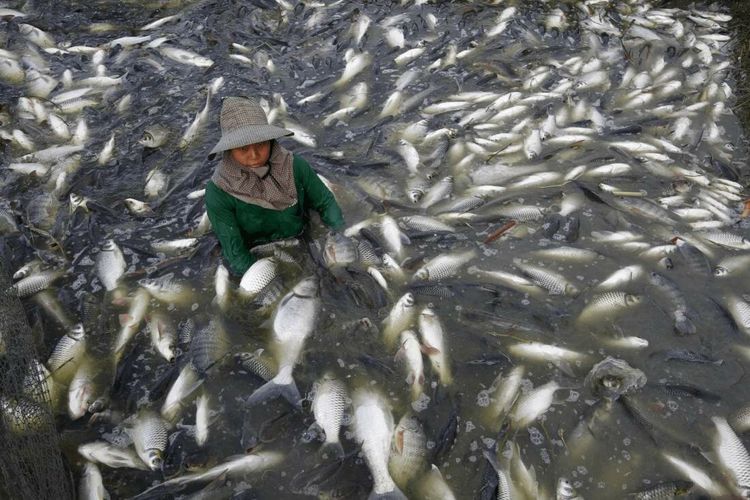
You may have noticed that many processed foods are made in China, but did you know that many non-packaged goods also originate there? With the world’s largest population, the Chinese economy relies heavily on exports of all kinds, especially food.
With that said, production and manufacturing standards in China are a far cry from what we’ve come to expect here in the USA. So there are certain items produced over there that you must be wary of, should you come across them.
Apple Juice
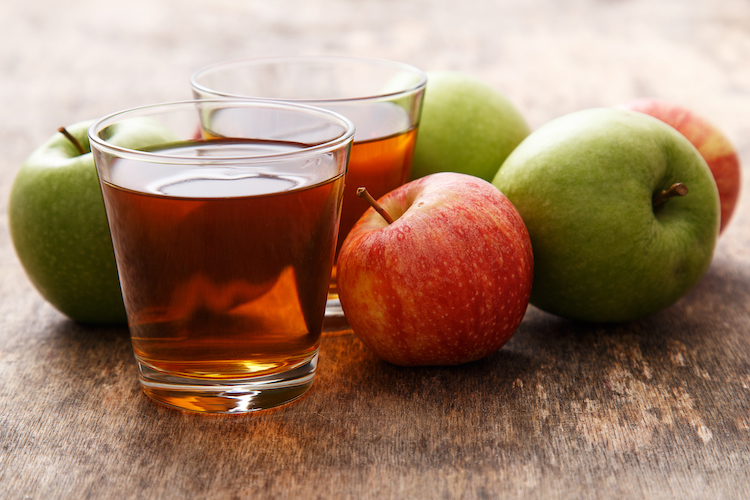
China uses pesticides to grow many of its crops, and those chemicals often make it into juice at the end of the process line. Multiple brands of apple juice sold in the United States from China have had high levels of arsenic.
More likely than not, the arsenic comes from the heavy use of pesticides on the apples that are grown. If consumed regularly, it goes without saying that the chemical can cause some serious health issues.
Tilapia

It’s no secret that tilapia is farmed in poor conditions throughout China – sometimes, their water is filled with garbage and sewage. Tilapia are tossed into small pools, cramped together with thousands of other fish.
When eaten, the consumer enables some of the toxicity found in the tilapia farm’s environment to enter into their body. This obviously could lead to some potentially serious health consequences down the road.
Ginseng

A good portion of the ginseng in the United States is sourced from China, making it one of the most common foods exported from the country. Similar to the aforementioned apple juice, pesticides are an issue here.
Greenpeace conducted a test and found that every single ginseng sample from China contained at least trace amounts of pesticides. It’s hard to believe, but every single root contained multiple harmful chemicals.
Table Salt

Table salt is one of the most commons items in most households, but stay away from any imported from China. While China is one of the top global salt manufacturers, the process used to produce so much of the salt renders it dangerous for humans.
Chinese salt is routinely filled with metals and other harmful substances. Since the majority of Chinese salt is unsafe, Chinese companies are supposed to sell it as industrial salt – however, many manufacturers ignore that rule.
Watermelon

A common theme among produce from China, watermelons that are grown in this country also have pesticide issues. These pesticides help the watermelons grow quickly, therefore increasing China’s total exports.
However, the pesticides often end up inside the fruit, which means it also ends up in the bodies of the consumers. It’s better to shop locally and purchase fresh watermelon, or else risk the chance of exposure to toxic substances.
Garlic
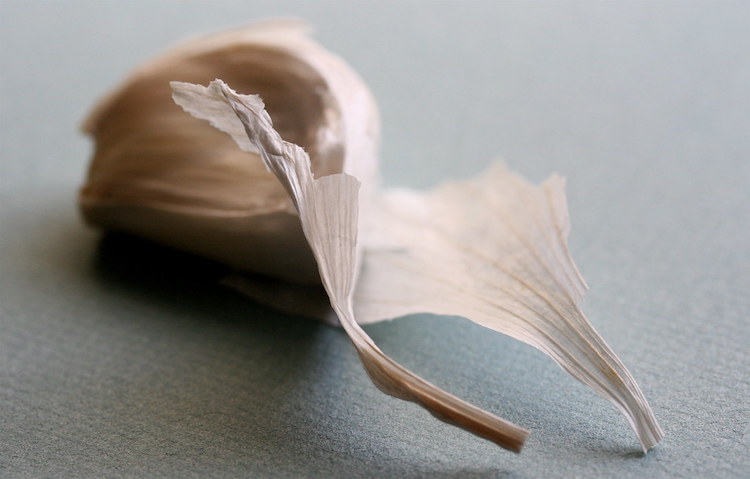
Garlic is another food negatively impacted by pesticides in China. The country doesn’t have laws to regulate pesticides, so farmers use them to maximize their overall production in a short amount of time.
Since garlic is extremely absorbent, the pesticides used are particularly harmful to it. This means that consumers get an even bigger dose of pesticides than normally would when they get garlic from China.
Beef

Some Chinese meat shops increase production at the expense of safety standards, which makes bacteria spoilage a bigger risk. Additionally, these meat shops sometimes create beef-like products that look and taste like beef, but aren’t really beef at all.
Some unlucky shoppers end up with a mix of chemicals, paraffin wax, and other unwanted ingredients when they’re just seeking out a strip steak. A good rule of thumb is to not buy any meat from China, not just beef.
Rice Noodles

A lot of Asian-inspired dishes require rice noodles, but you should try to avoid those imported from China. Some factories that produce rice noodles in China have been known to use sulfur dioxide in production.
While the chemical may help the noodles appear fresher, sulfur dioxide is also a known carcinogen. For this reason, consumers should try to find a different source for their rice noodle fix whenever possible.
Baby Formula
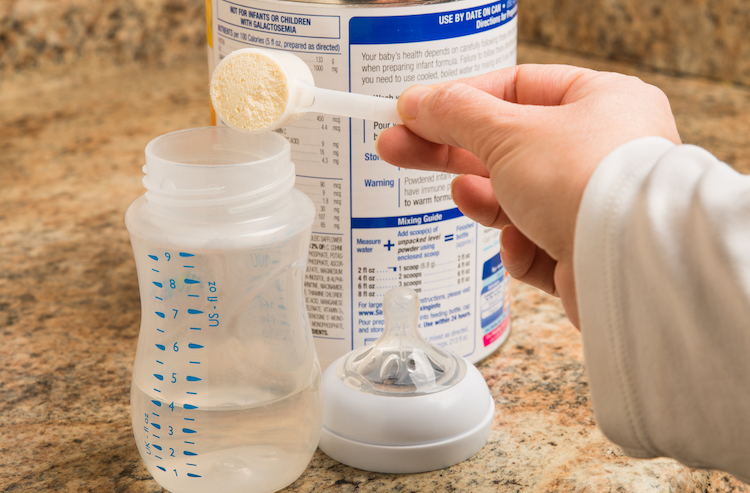
While it’s one thing to take health risks on yourself, but most people would agree that it’s unacceptable to put a baby at risk. So, when purchasing baby formula, make sure it isn’t imported from China.
A few years ago, it was discovered that some manufacturers were using melamine, a product used in plastics, in baby formula to make it appear to be higher in protein. However, if consumed in high doses, melamine can cause illness in babies.
Milk

Along the same lines as the aforementioned baby formula, imported milk from China also contains melamine. As a result, hundreds of thousands of people have fallen ill after drinking milk imported from China.
From kids to adults, knowingly consuming melamine is a bad idea, regardless of age. Keep your kidneys safe and steer clear of milk sourced from China, even if it ultimately means spending a little bit extra.
Rice

Much like rice noodles, buying rice from China seems authentic and harmless. However, this humble food is not as innocent as it appears – according to some reports, Chinese factories add synthetic resin to their rice.
So, if you eat rice sourced from China, you are at risk of eating trace amounts of plastic. The chemicals in the resin used are also known to cause cancer, so your best bet is to steer clear of it altogether.
Shrimp

A few years back, the Institute of Environmental and Human Health food lab at Texas Tech studied bags of shrimp bought across the US. They found that every single sample was contaminated with carcinogen nitrofurazone, chloramphenicol, and enrofloxacin.
Each substance is found in antibiotics that are illegal for commercial use in the United States. Since conditions are poor and regulations are loose in China, the shrimp farmed there are exposed to them all.
Cabbage

The hot summer months in China make the cabbage crops wilted and borderline inedible. So, in order to keep the cabbage looking fresh during these times, farmers may spray it with a formalin solution.
While that does do the trick for the cabbage itself, this particular solution is harmful to humans consuming it down the line. The formalin is made up of formaldehyde and other chemicals used as disinfectants.
Canned Peaches
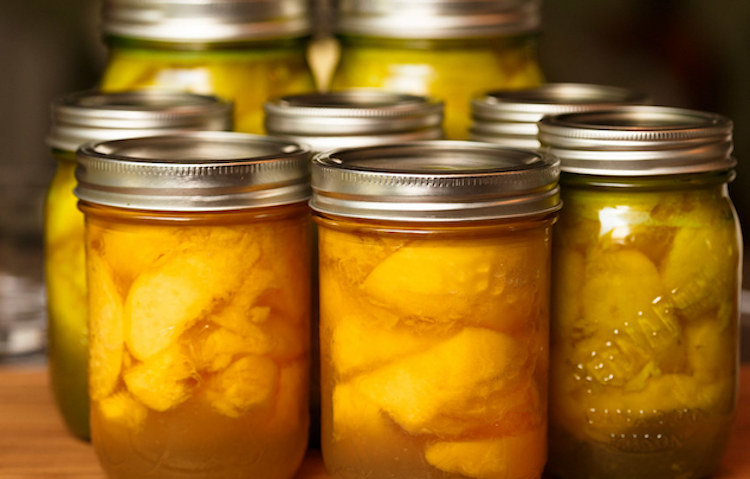
Canned peaches aren’t the healthiest option to begin with, but the ones that come from China are even worse. It’s not even what’s inside the product that makes them bad; it’s actually the can that they come in.
Australian researchers found that the cans contained lots of lead, and Chinese canned peaches had twice the legal amount of lead in each can. Lead poisoning may include symptoms such as reduced muscle coordination and kidney damage.
Canned Tuna

Canned tuna from China also has had lead poisoning thanks to the high lead levels in the cans themselves. Perhaps unsurprisingly, that’s not the only reason you might want to avoid Chinese canned tuna.
In addition to potential lead poisoning, the tuna itself includes many of the same harmful substances found in other fish exported from China. As mentioned earlier, the fish farms are filled with pollution and toxic chemicals.
Cooking Oils

The lack of regulations and food safety laws in China makes it easy for manufacturers to sell unethical products. Cooking oil from China has been found to come from some unappetizing sources time and time again.
For example, a food company in China took used oil from restaurants, filtered it, repackaged it, and then sold it as new. Since you don’t know where the recycled oil has been, it could have all kinds of nasty things in it.
Mushrooms

Tainted mushrooms from China are far too common – as with several food items already mentioned, mushrooms soak up pesticides. It’s also worth noting that Chinese mushrooms may be covered with preservatives to appear fresher.
Mushrooms are also sometimes mislabeled in order to increase the price tag. Chinese manufacturers may sometimes label normal mushrooms as organic products, in an effort to gain more profit per harvest.
Lamb

By now, you’re likely well aware that some Chinese manufacturers will try to sell off certain items claiming they’re one thing when they’re really not. Lamb is just another example of this commonplace practice.
In one incident, the Chinese police arrested nine hundred vendors who tried to sell rat meat as lamb meat. Later down the line, the police stumbled upon 20,000 pounds of spoiled rat meat being prepared for market.
Chicken

Avian influenza and other harmful diseases can sometimes be traced back to chickens in China. Chickens are often raised in terrible, unsanitary conditions, and that helps disease spread among one another.
For these reasons, you may want to consider buying locally-raised chickens. Aside from future health concerns, free-range birds are often treated much more humanely than their caged up comerades.
Tea

Tea is an absolute staple of Chinese culture. So, you’d think that buying tea leaves from China wouldn’t be a huge problem – but, unfortunately, that is definitely not the case for some unlucky consumers.
In certain cases, Chinese teas tested in a labratory have contained almost thirty toxic chemicals. While this is certainly not the norm, it may be best to err on the side of caution and not buy tea from China.
Wine

Some countries all over the world are known for churning out some great wine. Unfortunately, it seems that China is certainly not one of those places due to their questionable packaging practices.
While all of the wines made in China are at the very least derived from real grapes, there are plenty of additives included in some bottles. Chinese wine may contain artificial flavors, dyes, and sugars.
Pork
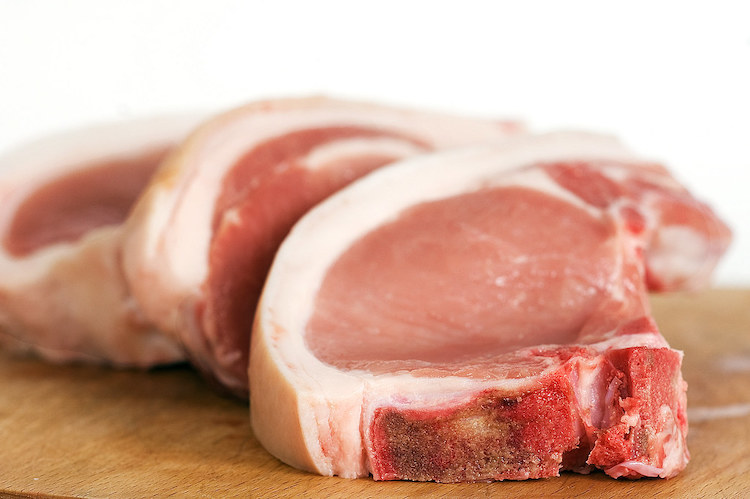
Many Chinese citizens eat more pork than beef for an economical reason, as pork is nearly half the price of beef. Some companies in China have got creative with that in mind, despite the risks their “solutions” may have for consumers.
In some cases, processing plants use borax-filled additives in pork to make it look like beef. They’re then able to trick consumers into paying more money while also endangering their health longterm.
Soy Sauce

Soy sauce is likely in the vast majority of people’s fridges, being a staple in Asian cuisine. Unfortunately, some Chinese soy sauces contain 4-Methylimidazole, a chemical that is known to cause cancer.
As a matter of fact, one study found the chemical is in more than 25% of the soy sauce sourced from China. That stat alone should be enough of a reason not to roll the dice with this particular condiment.
Eggs

You already know of the risks of buying chicken from China from earlier on in our list. So, it shouldn’t come as much of a surprise that buying eggs from China may also prove to be a questionable purchase at best.
Some Chinese factories and farmers use harmful materials like calcium carbonate and paraffin in their eggs. Therefore, consumers risk poisoning themselves whenever they crack open a fresh egg for breakfast.
Green Peas
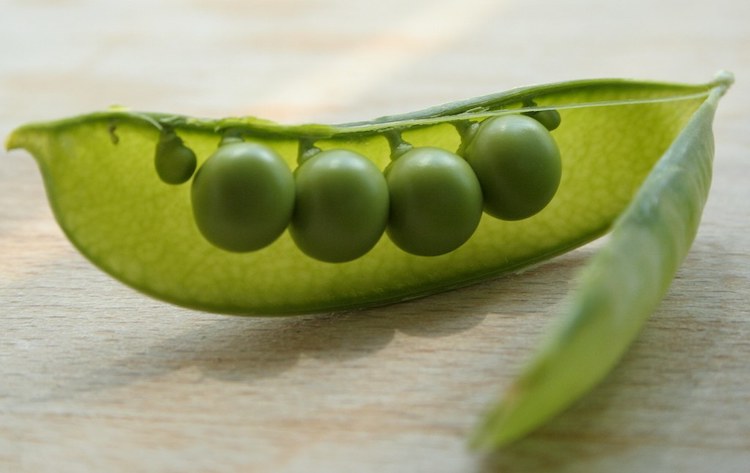
It has been found that some green peas from China were actually a mix of products, including snow peas, soybeans, food bleach, and preservatives. Not only are the chemicals harmdul, but the so-called peas also don’t have the benefits of real peas.
Benefits of the real deal include fiber and antioxidants. If you buy “green peas” from China, however, you risk getting a serving of imposter peas that lack a full dose of healthy nutrients you need.
Black Pepper

Black pepper is known to improve digestive health by activating enzymes in the intestines and stomach. Studies suggest that it could also prevent cancer, lower blood pressure and fight infections and the common cold.
Unfortunately, due to the high demand, certain Chinese merchants have mixed dirt and flour and labeled it as black pepper. That’s yet another way that some people try to scam the buyer to make an extra buck.
Ginger
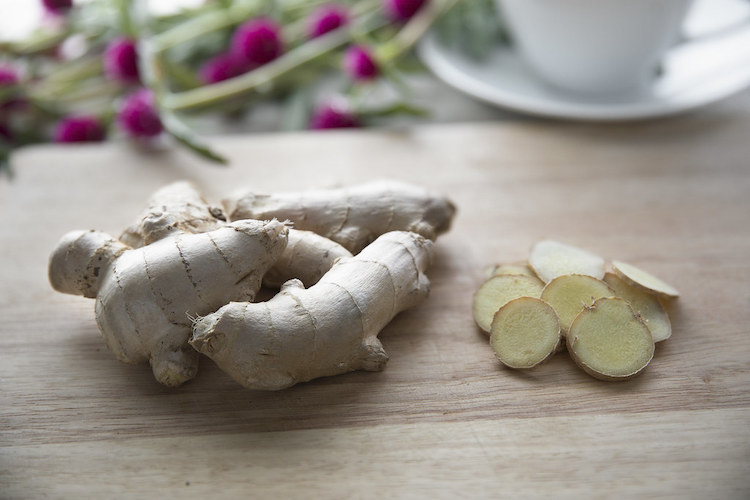
Aldicarb was detected at four to six times the recommended level in samples of ginger from China, and since the root absorbs it, the pesticide can’t be cleaned off. Exposure to low levels of aldicarb has been linked with liver damage.
The World Health Organization has classified aldicarb as extremely dangerous because it’s a fast-acting poison. Symptoms can be experienced mere minutes after ingestion because it’s rapidly absorbed in the gastrointestinal tract.
Tapioca Pearls
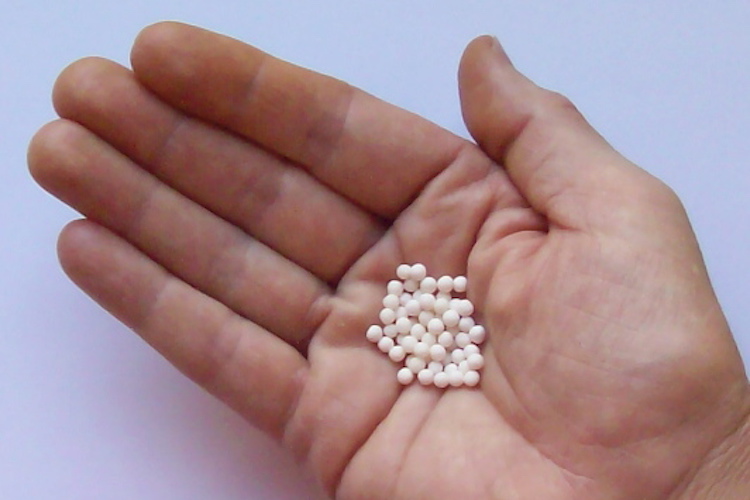
Tapioca isn’t the healthiest product to begin with – it doesn’t have much nutritional value, as it contains mostly carbs from starch. But if you must buy tapioca pearls, verify where they’re from beforehand.
The University Hospital Aachen in Germany conducted a study and found polychlorinated biphenyls in Chinese tapioca pearls. These substances can cause cancer as well as destroy the immune, endocrine, nervous, and reproductive systems.
Tofu

Tofu is a great source of protein and is often used as a meat substitute by vegetarians – it’s mainly made up of soybeans, water, and coagulant. However, some tofu is made from unfermented soy, which limits the amount of protein.
One report by food safety inspectors in China found some pretty disturbing evidence in the tofu-making process. Iron sulfate, livestock, and even human feces were being used to speed up the fermentation process.
Sweet Potato Noodles
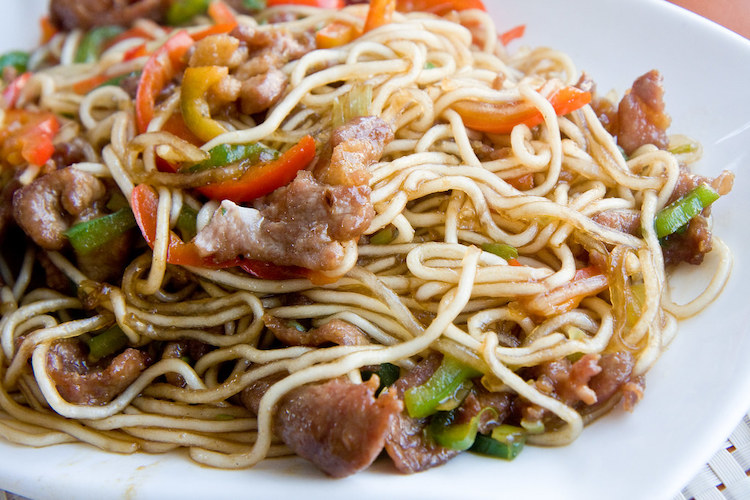
Sweet potato noodles are better known as glass noodles. These noodles are becoming more familiar to people around the world due to the nutritional value, as they’re a healthier alternative to both yellow and rice noodles.
Developed from sweet potato starch with no fat or proteins, these noodles don’t cause blood sugar to spike. However, it has been reported that certain Chinese manufacturers use paraffin wax and industrial dyes for texture and color.
Frozen Spinach
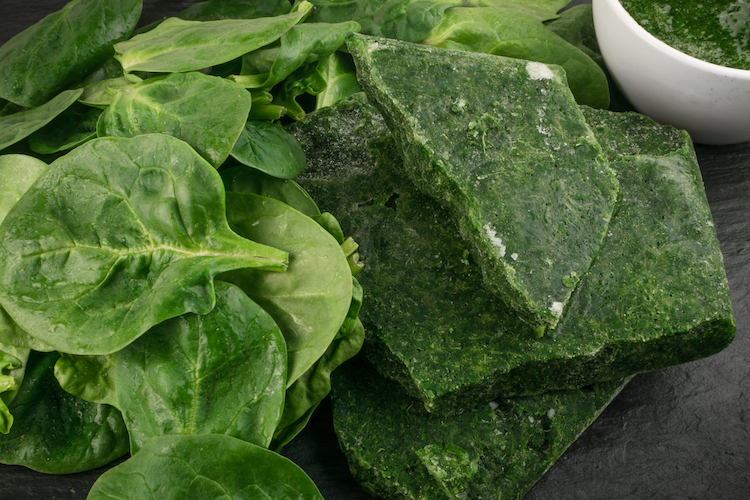
One of the healthiest foods there is, spinach is packed with antioxidants, fiber, vitamins, and minerals. It fights arthritis, certain cancers, heart disease, and osteoporosis, making it a widely sought after leafy green.
If you guessed that spinach from China is often tainted with pesticides, you’d be right. Despite all of those excellent health benefits, one study found that spinach has more pesticide residue by weight than any other fruit or vegetable.
Pet Food

While this obviously isn’t an item that humans should consume, it still makes our list of foods to avoid. Pets are near and dear to most consumers, so knowing the origins of our furry friend’s dinner is important.
Some Chinese pet food contains melamine, which, if you recall from earlier, is most often used in the production of plastics. Your pet could die as a result of digesting melamine, so be wary of the pet food products you purchase.
Cod Fish

Cod is another fish that is often farmed in China in rather poor conditions. Similar to the aforementioned tilapia, it’s not unusual for cod to live in their own waste in crammed pools at some fish farms.
A lot of cod ends up being sold in processed fish-based foods such as fish sticks or frozen dinners. Believe it or not, at this time more than 50% of cod sold in the United States comes from China.
Corn
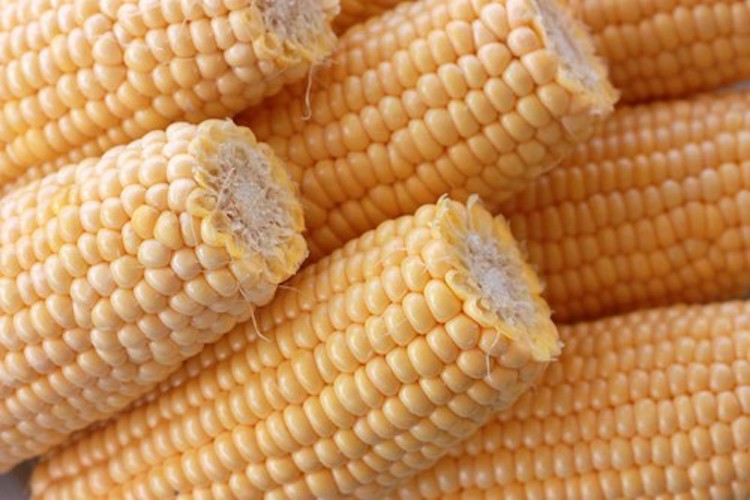
Although sodium cyclamate isn’t allowed in Chinese corn, some producers add it to their crops anyway for a bit of added sweetness. It also helps the corn maintain its yellow color, making it more appealing to customers.
Luckily for westerners, sodium cyclamate is banned in the United States, as it can cause some serious damage to the liver. However, it’s still legal in many countries, so be careful when eating corn abroad.
Honey

Chinese producers often add an extra step to honey production called ultra-filtration. This process removes the beneficial pollen from the honey,makes the honey more shelf-stable, and also removes the ability to tell the country of origin.
Honey from China has also contained chemicals such as chloramphenicol, an antibiotic banned in the United States because it has been linked to cancer. Chinese honey has also been fraudulent, with high-fructose corn syrup or rice syrup added.
Cinnamon

Some Chinese vendors substitute “cinnamon” with cassia, a cheap alternative spice grown locally with a different smell as well as some negative health effects. For some, the flavoring in cassia may cause migraines.
There are ways to spot the difference between the real deal and the fake if you’re concerned about authenticity. Real cinnamon is easy to break, light, and looks like parchment, while cassia is rigid and bright brown.
Water

It has been found that some Chinese merchants bottle tap water and untreated water before packaging it with genuine-looking seals. Bottles have been found to contain bacteria such as E. coli as well as harmful fungi.
Producers of this fake bottled water do so because it costs half as much to make and sell untreated water rather than treated water. It’s best to buy bottled water from well-known chains, if you must.
Walnuts

Some markets in Zhengzhou City were caught selling walnuts with cement on the inside at one point. The first step was to take out the actual nut from the shell and then sell the insides at a high price.
Then, they re-filled the shells of the walnuts with paper-covered cement. These faux “nuts” were then sold on the street again, making the markets a second profit – until they got caught in the act, that is.
Potatoes

In China, potatoes are bought in bulk for cheap and then often disguised as Da Lat potatoes. This particular type of potato is actually from Vietnam, and fetches a far heftier price at markets.
In order to disguise them, the Chinese potatoes are covered with red dust to mimic the color of that type of potato. They may sell for three to five times higher to customers none the wiser of the scam.
Steamed Buns (Baozi)
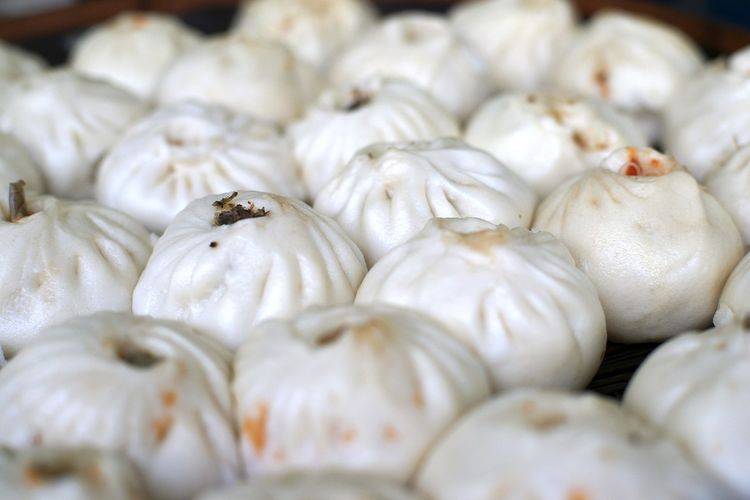
Baozi, or bao, is a type of yeast-leavened filled bun in various Chinese cuisines. Commonly known as steamed buns, there are many variations in fillings and preparations, though the buns are most often steamed.
Unfortunately, some Chinese vendors fashion “steamed buns” on the cheap using cardboard and pork fat. If that wasn’t scary enough, the cardboard is sometimes further softened using harmful chemicals.
Pickled Vegetables
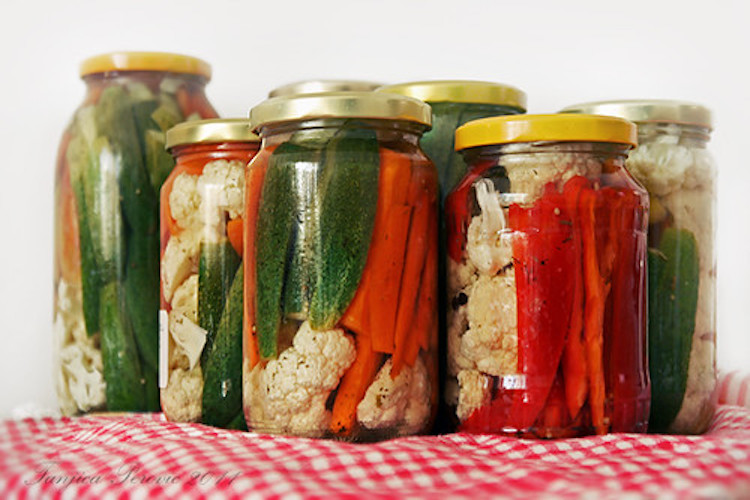
While there are natural ways to pickle fruits and vegetables, not everybody takes that route when they’re trying to make a profit. Pickled vegetables in China have an abundance of chemical additives.
The chemical contents on the label on the packaging are sometimes listed inaccurately. Prior to shipment, workers spray pesticides high in DDVP onto the vegetables and use industrial-grade salt to achieve the pickled effect.
Hot Pot Soup
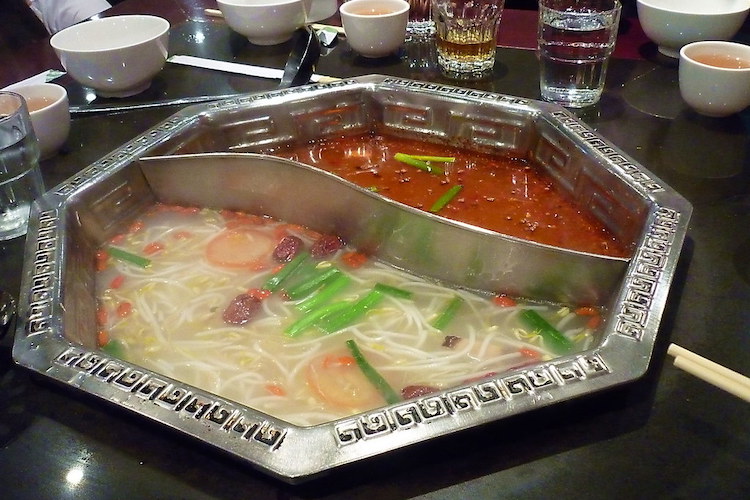
Hot pot soup is also known as soup-food or steamboat internationally. It’s a Chinese cooking method, prepared with a simmering pot of soup stock and any combination of East Asian ingredients the consumer desires.
Some Chinese merchants lace their hot pot soup with ethyl maltol, capsicum oleoresin and disodium 5’-ribonucleotide to make the soup taste like pork stock and heat quicker. They’ve even gone so far as to use meat that wasn’t fresh.
Clams

Clams are mostly caught on rivers in China, and unfortunately many of the rivers in China are heavily polluted. Often, metals such as nickel, mercury, and chromium are found in abundance in the water.
Since clams eat plankton and microorganisms in the water and mud, chances are high that they get contaminated by the pollutants. Vendors say that boiling them at high temperatures will make them clean, but that practice isn’t even used by most restaurants.
Eel
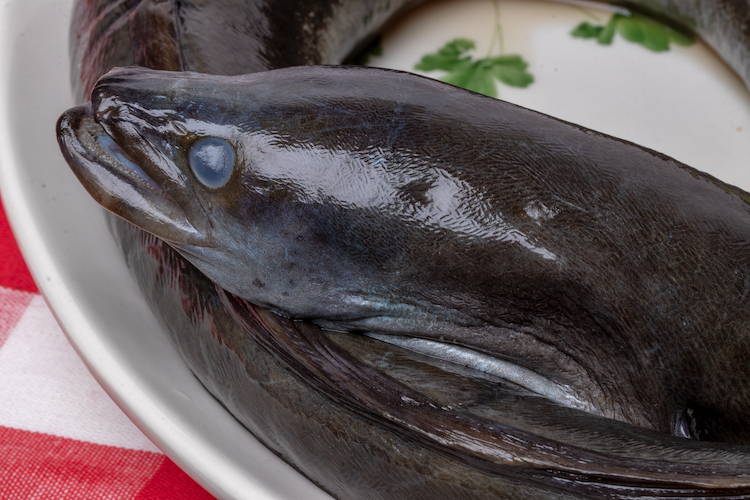
Finless eels used to be considered a delicacy in China, and they became so popular that demand went through the roof. Some Chinese people invested a lot of money to ensure the item remained available for sale.
There have been reports that many fish farmers feed their eels contraceptives to accelerate growth. This, in turn, can cause a lot of health issues – to both the eels and the unlucky people who eat them.
Smoked Meats

Most smoked foods in China are chock full of nitrates that are dangerous if consumed in high volumes. They’re also processed meats that are high in calories and have a lot of artificial coloring added in.
A lot of smoked meats from around the world have those same problems. However, in China, smoked meats are twice as bad, since many producers use questionable ingredients and processes in order to sell for lower prices than competitors.
